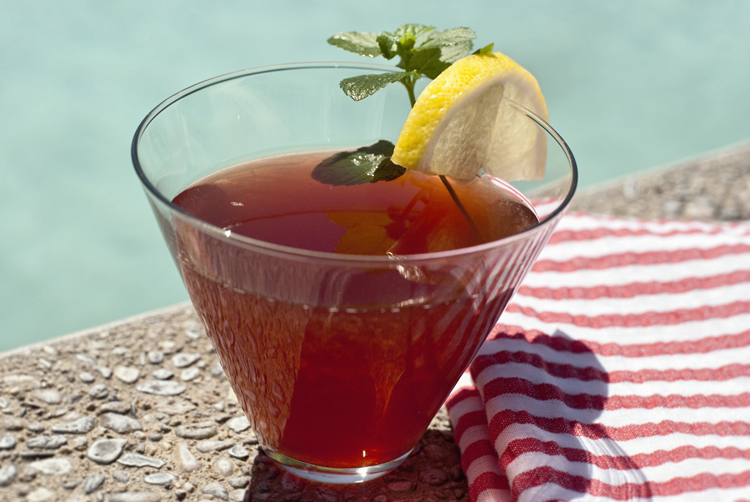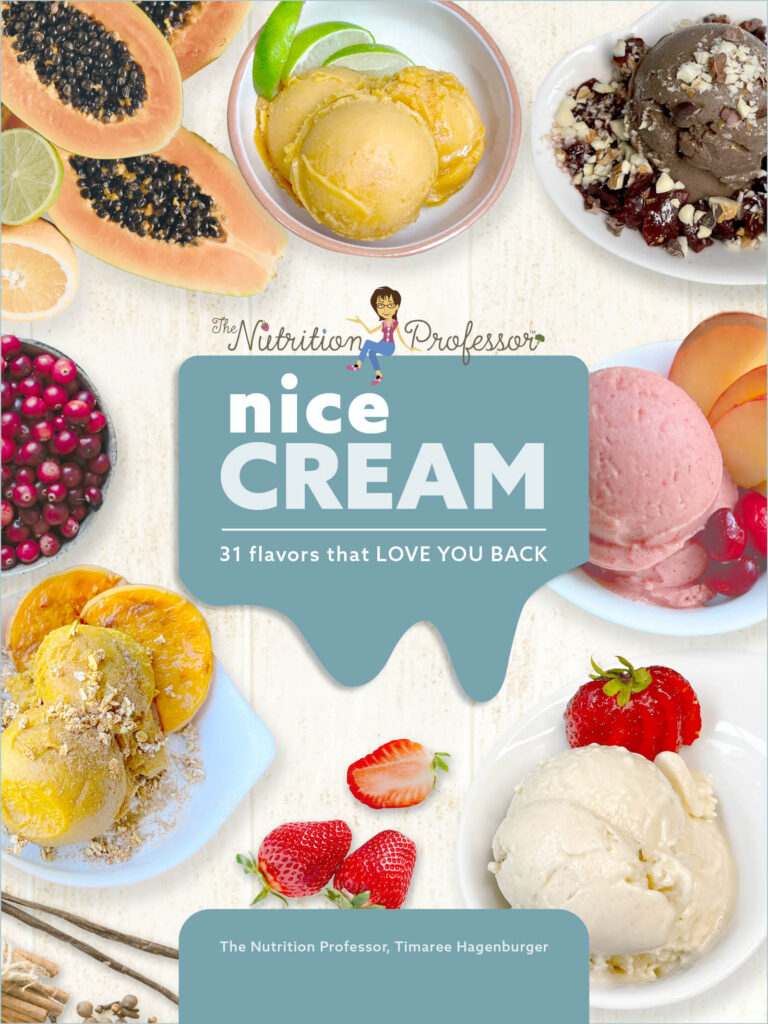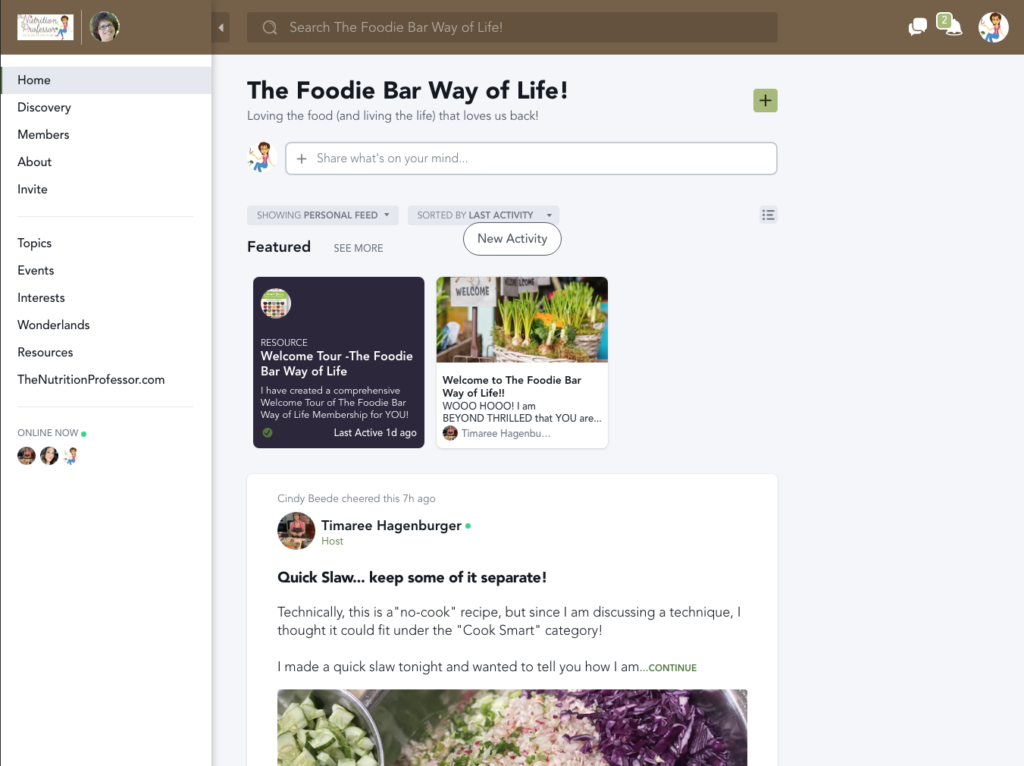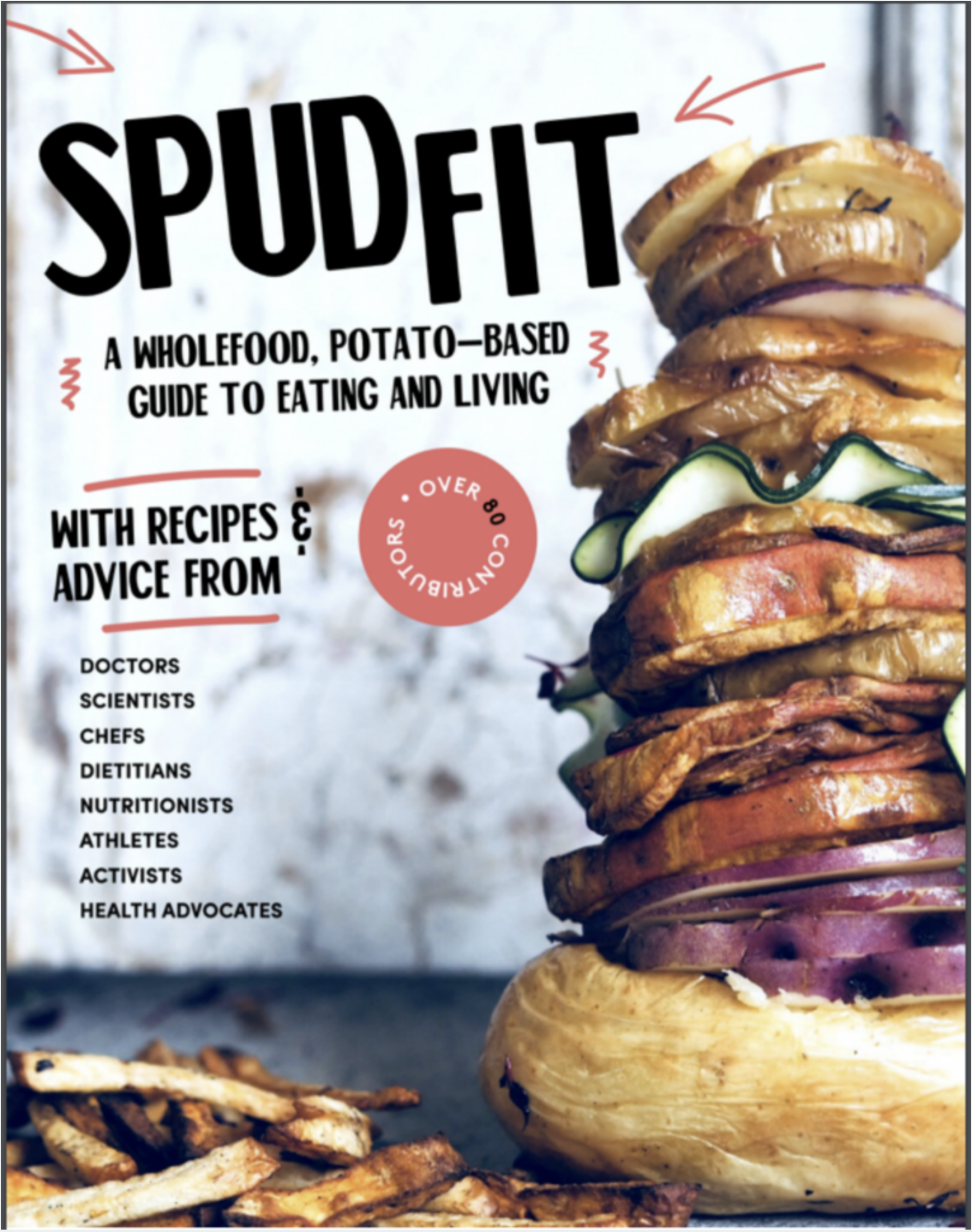Last month, we learned how to reduce a large amount of the empty calories that we may be taking in through our beverage choices by opting for flavoring our own water. However, since water has zero antioxidants, is there something that we could add to water to provide nutrition, without any calories, while preserving water’s vital role in keeping us hydrated?
Yes! The answer is tea! All tea comes from a single plant, Camellia sinensis, with the differences between black, oolong, green and white teas, simply the degree of processing. Black tea is the most processed and has the highest level of caffeine, as it is wilted in the sun, fermented and then dried. Oolong has a shorter wilting phase after which it is fired to prevent continued fermentation. Green tea is steamed or pan fried and then dried, so that no fermentation occurs, and white tea is the least processed, with the young leaves and unopened buds simply dried in the sun or baked.
Herbal teas are technically not teas since they do not contain any Camellia sinensis leaves, so they are naturally caffeine free, with their flavor coming from a combination of flowers, berries, seeds, leaves and roots.
Before we get into potential health benefits, let’s talk about hydration. Haven’t you heard that tea is a diuretic, which encourages excretion of water through the urine? It is important to realize that the early studies which established that theory used caffeine pills, and newer studies, which utilized tea itself, showed no significant difference in blood and urine measurements in people drinking six cups of tea and those drinking six cups of water, concluding that tea was similarly hydrating.
Shop Smart: Which teas are best?
While all tea provides important antioxidants to protect our cells from free radical damage that can lead to premature aging and cancer, green and white tea have the edge. Green tea, which has historically been the front runner when it comes to health benefits, was passed up in a recent study by white tea with a squeeze of lemon. Green tea and white tea were also compared in their ability to protect cells from DNA damage done by some of the most dangerous cancer causing agents, including the heterocyclic amines found in grilled, baked, fried or broiled chicken. Green tea was able to reduce the amount of DNA damage by — 50 percent, yet white tea nearly eliminated the DNA damage.
Red (herbal) tea, or Rooibos, has been shown to help alleviate our hormonal response to stress, by reducing the production of stress-related steroid hormones from our adrenal glands, as well as exhibit anti-inflammatory and anti-tumor effects and could even help improve blood sugar control.
And now for the most surprising results of all; the healthiest drink on the planet, offering the highest level of antioxidant is Hibiscus tea (made from Jamaica flowers). A recent study showed that while blood antioxidant levels drop throughout a day of drinking water, since they are used up to fight the free radicals, drinking a cup of hibiscus tea could cause a spike in antioxidant levels within an hour, and sipping hibiscus tea throughout the day can optimize this positive impact all day long. Just look for any tea with hibiscus as the first ingredient.
Cook Smart: How long to brew? Hot or Cold?
When it comes to maximizing the antioxidant power of tea, longer brewing time is better than shorter, and cold beats out hot, by a long shot, since hot water can destroy some of the beneficial compounds. So, the very best, and easiest, way to prepare tea with the highest level of antioxidant potential is cold steeping in the fridge. Before you go to bed, take a few minutes to prepare this delicious drink.
Timaree’s Tropical Splash
Makes ½ gallon (8 cups) — recipe can easily be doubled to make a gallon.
Ingredients
7 ½ to 8 cups of water (depending on size of pitcher/container)
Juice of 1 lemon
½ cup fresh or frozen pineapple chunks (or pineapple canned in it’s own juice — not syrup)
4 tea bags (look for hibiscus as the first ingredient on the label — Lemon Zinger is a favorite!)
Procedure
Combine all of the ingredients in a large pitcher with lid or 64-ounce Mason jar. Refrigerate overnight, remove tea bags in the morning and enjoy. This will keep for several days in the refrigerator, with the fruit flavor intensifying each day.
Eat Smart: Tea without milk, impact on iron absorption
Our weather is warming up, and sipping on cold tea throughout the day will be refreshing, but sometimes cold tea just won’t do. When you want some warmth in your cup, my advice would be to drink your hot tea with lemon or plain, since cow’s milk and soy milk have been shown, at least in test tubes, to block some of the tea’s beneficial impact on blood vessel cells.
Although tea has been shown to reduce iron absorption by as much as 50 percent when consumed with a meal, Vitamin C can triple iron absorption. So, drink your tea with lemon or enjoy Vitamin C rich foods at mealtime (red bell peppers, broccoli, citrus fruits, kiwis, strawberries). While reducing iron absorption for many people might actually be beneficial, since iron overload has been tied to several common diseases, including gout and diabetes, those with anemia might want to curtail tea and coffee drinking for an hour before and during meals, and stick with sipping their tea in between meals.
While the virtues of consuming green leafy veggies are undeniable, now you know that simply drinking the liquid in which they have been soaking can have a significantly positive influence on our health. Sipping tea provides a very unique opportunity to stay hydrated while also getting a boost of flavor and powerful antioxidant nutrients without any calories. If you are sipping plain water, you just might be missing out.
Timaree Hagenburger, a registered dietitian, certified exercise physiologist with a master’s degree in public health, is a nutrition professor at Cosumnes River College and sought after speaker. She is so excited about the Plant-Based Nutrition and Sustainable Agriculture certificate program that she and her colleague started there, and also conducts local events, corporate wellness work, has a regular segment on California Bountiful TV, is a frequent podcast guest. To learn ways to make your own Flavored Water Foodie Bar™, along with many more fun Foodie Bars™ and wonderful recipes, get a copy of her cookbook The Foodie Bar Way: One meal. Lots of options. Everyone’s happy. available at www.FoodieBars.com Find details about Timaree’s upcoming events (cooking demos, book signings and talks about the incredible power you yield with your fork!), and if you missed any of her newspaper columns, podcast interviews or TV appearances, you can find them here at https://www.thenutritionprofessor.com/


 Order and learn more at www.FoodieBars.com
Order and learn more at www.FoodieBars.com

 This is a first for me... Some of MY recipes are part of a rock star compilation cookbook put together by Andrew Spud Fit Taylor!! Order it today!
This is a first for me... Some of MY recipes are part of a rock star compilation cookbook put together by Andrew Spud Fit Taylor!! Order it today!
What a great article, Professor Hagenburger! This article has so much information about tea that I’ve never been able to come by on other sites, and trust me, I’ve been searching! Your 7:30 AM nutrition 300 course was one of my first college classes in Fall 2011 and I’ve missed you ever since. You’re so good at providing people with knowledge about how important, exciting and attainable a healthy lifestyle is!
Thanks,
I’ll be back to check out your website some more very soon!
-Brenna
It is great to hear from you, Brenna! I am so glad that you are still so interested in nutrition and feeding your body well! I hope that you find a lot of useful info on my website. Be sure to post comments on any of the recipes you make (how they came out, if you made any changes, etc.) and articles that you enjoy or that prompt other questions. Take care!
Hey, Professor Hagenburger. I just made this with my sister this afternoon since it was hot today. We used Celestial brand Lemon Zinger (we had to use herbal because we could not find any that does not list as herbal). We made half a gallon at first, but the herbal taste was kind of strong so we decided to up the ingredients to a full gallon. Taste awesome to me, it really goes down smooth. But my sister wasn’t satisfy with 1 lemon so we split the gallon and she added another lemon to hers. We only let it chilled in the fridge from 9am to 5pm. Then we had a cup each. Hers is too acid intensive for me. I can’t wait to see how much the taste changes in 24 hours. Thanks for this great recipe. Maybe I will try it with oranges too
I really appreciate this article. I am a tea lover and it’s really beneficial to know which tea is one of the most beneficial on the daily basis. I have been a green tea drinker for a very long time now. I am happy to switch to white tea due to the benefits as well as the lower caffeine content. (I need a bit of a caffeine kick start in the mornings) I cannot wait until my Hibiscus tea arrives and I plan to purchase some Rooibos tea as well. I’d like to thank you again for your wonderful and beneficial research and I am very thankful to have had such an amazing Nutrition teacher.